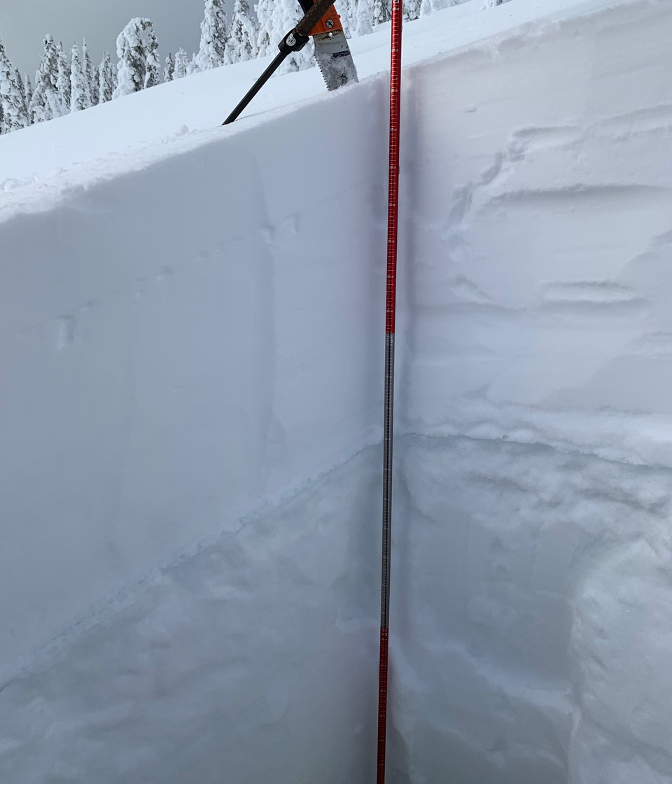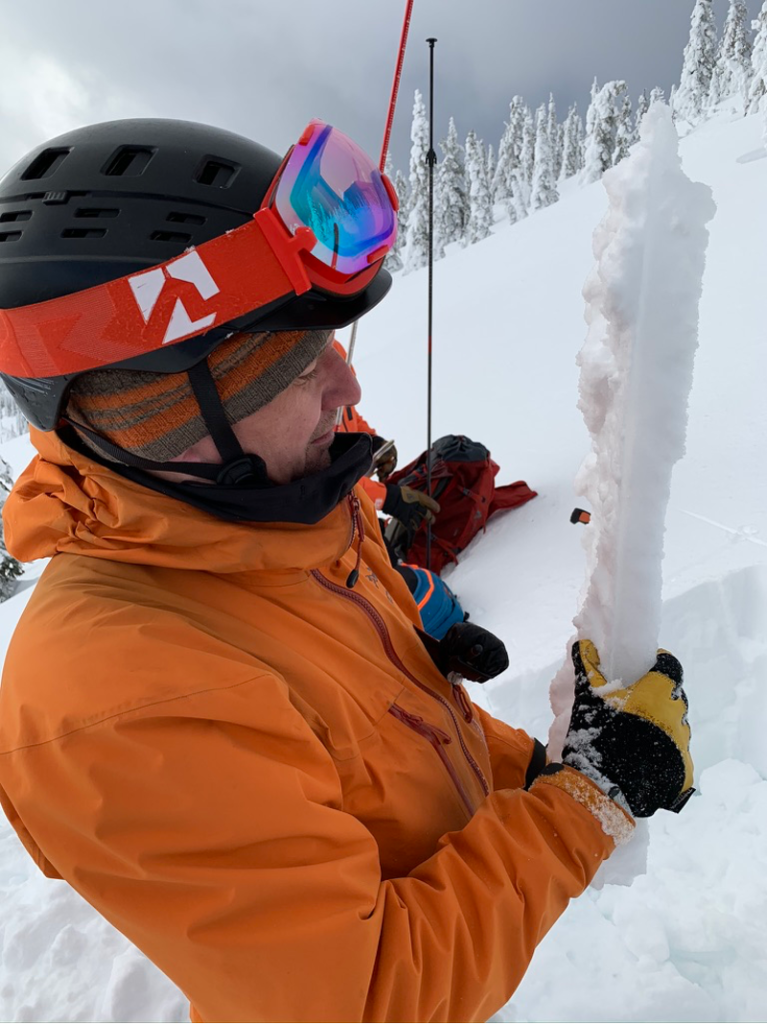A Holiday Safety Message
Recently in our Powder Cloud Roundup we expressed concern over current snowpack conditions throughout the Western U.S. and British Columbia. Many mountain regions in the U.S. endured a long dry spell in early December. This was followed by a series of storms over the last few weeks that loaded a very weak snowpack in many areas and created hazardous avalanche conditions. Tragically, three people died in two avalanche accidents last weekend in Colorado and another in Wyoming. The situation in British Columbia is also very concerning, as Avalanche Canada has just issued a special avalanche warning. Many regions of Western Canada received significant snowfall this week, loading critical weak layers 60 to 100 centimeters below the surface.
We expect that many will want to escape pandemic restrictions and head into the beautiful freedom of the backcountry this holiday season. However we all need to be aware that dangerous avalanche conditions exist in many mountain regions of North America. We encourage you to start by checking your regional U.S. forecast or Canadian forecast. Choose a cautious mindset, be observant, and avoid the current avalanche problem. Work with your team to select a safe route and agree on the areas to avoid. Have an emergency plan and carry the proper gear. Encourage open communication and ensure everyone has a voice in the decision making.
We can’t wait to put this year behind us and welcome in 2021. So let’s make sure we travel safely this holiday season so we can experience the wonderful year that I hope 2021 will be.
These recent excepts from regional avalanche centers and photos from guides operating in the Kootenay-Boundary region should get your attention.
COLORADO
On Dec. 20th, the Colorado Avalanche Information Center (CAIC) issued a special announcement urging people headed to the mountains to exercise extra care in the mountains and pay special attention to the avalanche forecast. Ethan Greene, director of the CAIC, states that “This year, conditions are especially dangerous… It is the weakest snowpack we’ve seen since 2012. People need to recognize we have unusual conditions, and their usual practices may not keep them out of harm’s way. As we gain more snow in the coming weeks, avalanches could become even more dangerous.”
The CAIC reported that, last weekend in Colorado, 132 avalanches were reported, 49 of which were triggered by people. Nine people were caught and three people were killed. The week prior, 380 avalanches were reported, 108 of which triggered by people.

UTAH
The Utah Avalanche Center featured a detailed observation in the Salt Lake zone’s Dec. 21st forecast from long-time professional Bill Nalli. He described the current situation as, “There’s no wishing this avalanche problem away. It will be with us until either it avalanches or gets compressed by a lot more snow.”
The same forecast elaborated on their primary persistent weak layer problem, “These avalanches are what we call ‘unmanageable,’ that is, they are predictable in their unpredictability. They may be triggered at a distance or from below. Note that many of these avalanches have ripped out mid-slope and well off the ridge lines.”
IDAHO
Sawtooth Avalanche Center on Dec. 21 states in their forecast, “A very weak snowpack is being pushed past its breaking point. Large natural and human-triggered avalanches are likely. This type of avalanche problem is very difficult to manage. Avalanches may be triggered from long distances below and to the sides of avalanche starting zones. Small slopes and road cuts that generally pose little hazard will be easy to trigger today.


CANADA
Avalanche Canada, in its Purcell Region Avalanche Forecast’s Bottom Line, stated on Dec. 21, “A significant winter storm will lambaste the region Monday night, further destabilizing the smorgasbord of weak layers in our upper snowpack. Avoid all avalanche terrain at this time. Large to very large natural avalanches are likely as the snowpack adjusts to this new load.”




